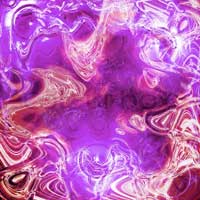 Understanding how atoms react under high-pressure conditions - a field known as high-energy-density physics - gives scientists valuable insights into the fields of planetary science, astrophysics, fusion energy, and national security.
Understanding how atoms react under high-pressure conditions - a field known as high-energy-density physics - gives scientists valuable insights into the fields of planetary science, astrophysics, fusion energy, and national security.
Apr 24th, 2020
Read more
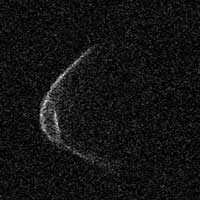 The Arecibo Observatory in Puerto Rico is following an asteroid approaching Earth this week and while it poses no threat, it appears to know our planet is facing a pandemic.
The Arecibo Observatory in Puerto Rico is following an asteroid approaching Earth this week and while it poses no threat, it appears to know our planet is facing a pandemic.
Apr 23rd, 2020
Read more
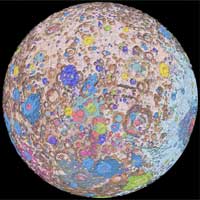 For the first time, the entire lunar surface has been completely mapped and uniformly classified. The lunar map, called the 'Unified Geologic Map of the Moon', will serve as the definitive blueprint of the moon's surface geology for future human missions and will be invaluable for the international scientific community, educators and the public-at-large.
For the first time, the entire lunar surface has been completely mapped and uniformly classified. The lunar map, called the 'Unified Geologic Map of the Moon', will serve as the definitive blueprint of the moon's surface geology for future human missions and will be invaluable for the international scientific community, educators and the public-at-large.
Apr 23rd, 2020
Read more
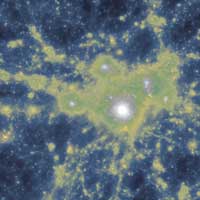 Modelling shows big galaxies get bigger by merging with smaller ones.
Modelling shows big galaxies get bigger by merging with smaller ones.
Apr 22nd, 2020
Read more
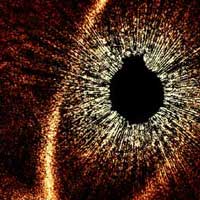 What astronomers thought was a planet beyond our solar system, has now seemingly vanished from sight. Astronomers now suggest that a full-grown planet never existed in the first place.
What astronomers thought was a planet beyond our solar system, has now seemingly vanished from sight. Astronomers now suggest that a full-grown planet never existed in the first place.
Apr 22nd, 2020
Read more
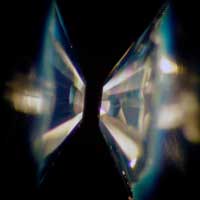 In seeking to learn more about Neptune-like exoplanets, an international team of researchers has provided one of the first mineralogy lab studies for water-rich exoplanets.
In seeking to learn more about Neptune-like exoplanets, an international team of researchers has provided one of the first mineralogy lab studies for water-rich exoplanets.
Apr 22nd, 2020
Read more
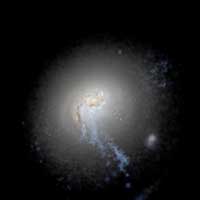 Findings may change fundamental thinking about star system formation, dynamics.
Findings may change fundamental thinking about star system formation, dynamics.
Apr 20th, 2020
Read more
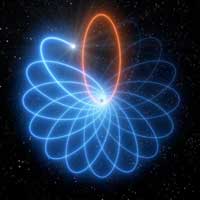 Observations have revealed for the first time that a star orbiting the supermassive black hole at the centre of the Milky Way moves just as predicted by Einstein's general theory of relativity. Its orbit is shaped like a rosette and not like an ellipse as predicted by Newton's theory of gravity.
Observations have revealed for the first time that a star orbiting the supermassive black hole at the centre of the Milky Way moves just as predicted by Einstein's general theory of relativity. Its orbit is shaped like a rosette and not like an ellipse as predicted by Newton's theory of gravity.
Apr 16th, 2020
Read more
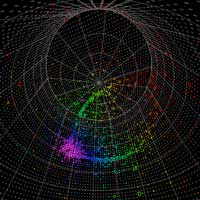 New data throws more support behind the theory that neutrinos are the reason the universe is dominated by matter.
New data throws more support behind the theory that neutrinos are the reason the universe is dominated by matter.
Apr 15th, 2020
Read more
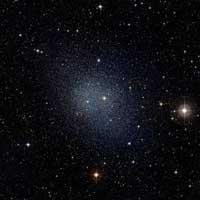 Physicists demonstrate 'self-interacting dark matter' model can be tested using astronomical observations of Draco and Fornax.
Physicists demonstrate 'self-interacting dark matter' model can be tested using astronomical observations of Draco and Fornax.
Apr 15th, 2020
Read more
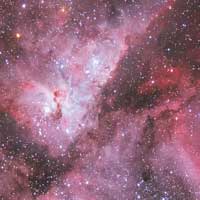 Satellite images from the BRITE mission document for the first time the complete development of a nova from eruption to maximum brightness and burn out.
Satellite images from the BRITE mission document for the first time the complete development of a nova from eruption to maximum brightness and burn out.
Apr 14th, 2020
Read more
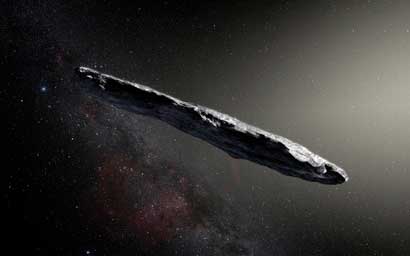 A new scenario based on computer simulations accounts for all of the observed characteristics of the first known interstellar object to visit our solar system.
A new scenario based on computer simulations accounts for all of the observed characteristics of the first known interstellar object to visit our solar system.
Apr 13th, 2020
Read more
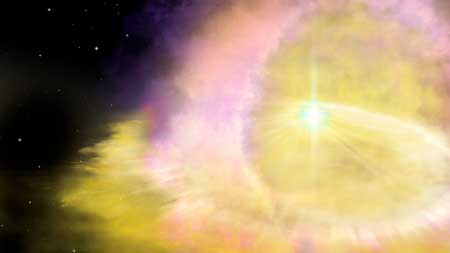 A supernova at least twice as bright and energetic, and likely much more massive than any yet recorded has been identified by an international team of astronomers.
A supernova at least twice as bright and energetic, and likely much more massive than any yet recorded has been identified by an international team of astronomers.
Apr 13th, 2020
Read more
 Researchers used an Earth-bound simulator of the space station instrument to grow E. coli, demonstrating that it can be nurtured with methods that promise to be more suitable for space travel than existing alternatives.
Researchers used an Earth-bound simulator of the space station instrument to grow E. coli, demonstrating that it can be nurtured with methods that promise to be more suitable for space travel than existing alternatives.
Apr 10th, 2020
Read more
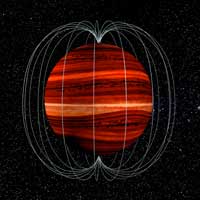 Based on facts known about the giant planets Jupiter and Saturn in our own Solar System, a team of scientists realized that they possibly could measure a brown dwarf's wind speed by combining radio observations from the VLA and infrared observations from Spitzer.
Based on facts known about the giant planets Jupiter and Saturn in our own Solar System, a team of scientists realized that they possibly could measure a brown dwarf's wind speed by combining radio observations from the VLA and infrared observations from Spitzer.
Apr 10th, 2020
Read more
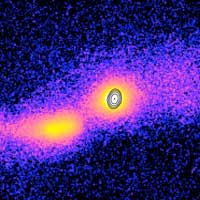 Astronomers reported the first definitive detection of a relativistic jet emerging from two colliding galaxies - in essence, the first photographic proof that merging galaxies can produce jets of charged particles that travel at nearly the speed of light.
Astronomers reported the first definitive detection of a relativistic jet emerging from two colliding galaxies - in essence, the first photographic proof that merging galaxies can produce jets of charged particles that travel at nearly the speed of light.
Apr 8th, 2020
Read more
 No matter where we look, the same rules apply everywhere in space: countless calculations of astrophysics are based on this basic principle. A recent study, however, has thrown this principle into question. Should the measured values be confirmed, this would toss many assumptions about the properties of the universe overboard.
No matter where we look, the same rules apply everywhere in space: countless calculations of astrophysics are based on this basic principle. A recent study, however, has thrown this principle into question. Should the measured values be confirmed, this would toss many assumptions about the properties of the universe overboard.
Apr 8th, 2020
Read more
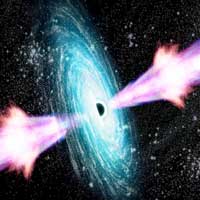 Groundbreaking research suggests the brightest source of energy in the universe is powered by the collapse of a dying star's magnetic field.
Groundbreaking research suggests the brightest source of energy in the universe is powered by the collapse of a dying star's magnetic field.
Apr 7th, 2020
Read more
 Understanding how atoms react under high-pressure conditions - a field known as high-energy-density physics - gives scientists valuable insights into the fields of planetary science, astrophysics, fusion energy, and national security.
Understanding how atoms react under high-pressure conditions - a field known as high-energy-density physics - gives scientists valuable insights into the fields of planetary science, astrophysics, fusion energy, and national security.
 Subscribe to our Space Exploration News feed
Subscribe to our Space Exploration News feed















